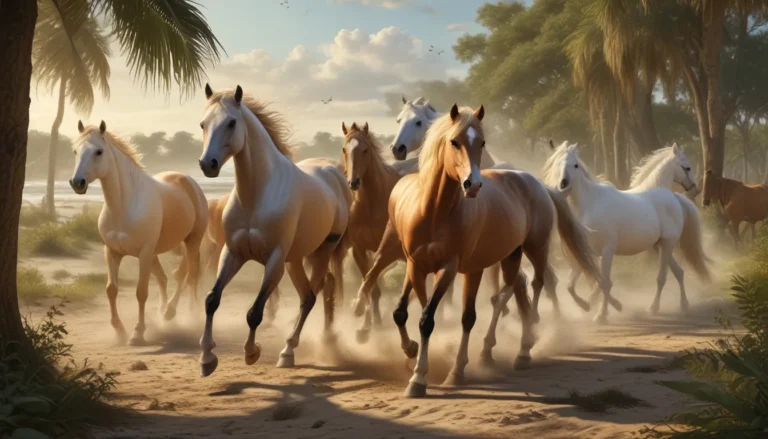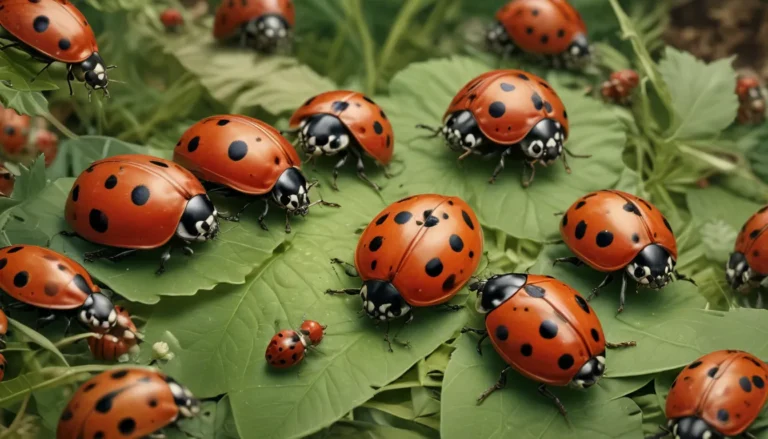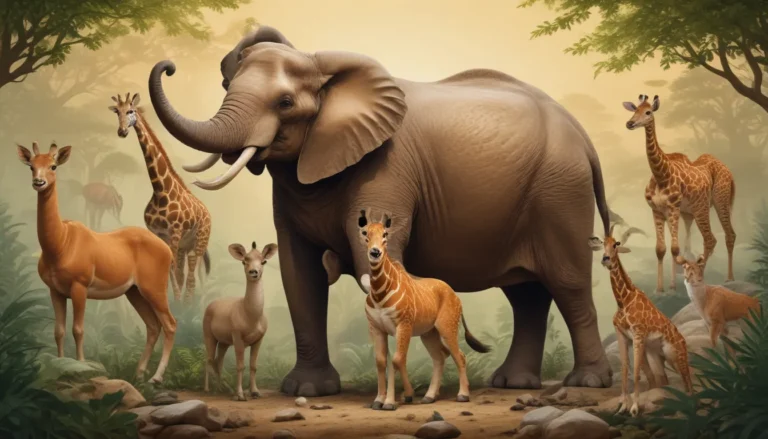The pictures we use in our articles might not show exactly what the words say. We choose these pictures to make you interested in reading more. The pictures work together with the words but don’t take their place. The words still tell you the important facts.
The Grass Snake, also known as the Natrix natrix, is a captivating reptile that roams across Europe and parts of Asia. With its vibrant green hue and slender physique, this non-venomous snake is a mesmerizing sight in the wild. Despite not being as well-known as other snake species, Grass Snakes have a plethora of extraordinary traits that make them stand out in the animal kingdom. From their ability to mimic death to their unique way of hatching eggs, these reptiles are truly exceptional. Let's dive into eight extraordinary facts about the Grass Snake that will spark your curiosity and appreciation for the marvels of nature.
Grass Snakes: Nature’s Gentle Giants
- Grass Snakes are harmless to humans and excel in swimming, navigating water bodies effortlessly to hunt for prey.
- Shedding their skin regularly and hibernating during winter are essential aspects of their life cycle, helping them conserve energy.
- These remarkable creatures blend seamlessly into their surroundings, communicating through visual signals and playing a crucial role in maintaining ecosystem balance by controlling prey populations.
The Grass Snake’s Harmless Nature
The Grass Snake, or Natrix natrix, may appear intimidating with its striking appearance, but rest assured, it is completely harmless to humans. Unlike many other snake species, the Grass Snake does not possess venom glands, making encounters with these beautiful reptiles a safe and awe-inspiring experience.
Expert Swimmers of the Serpent World
One of the Grass Snake's remarkable talents is its exceptional swimming prowess. With their streamlined bodies and powerful muscles, these snakes gracefully maneuver through ponds, lakes, and slow-moving rivers, where they skillfully hunt for amphibians and fish.
Masters of the Hunt
Grass Snakes exhibit a unique and efficient feeding strategy. Their diet primarily comprises amphibians, fish, and small mammals, and they are adept at capturing and consuming their prey with precision using their remarkable muscles and keen eyesight.
Shedding for Growth and Hygiene
Like all snakes, Grass Snakes shed their skin periodically. This shedding process facilitates growth and serves to rid them of parasites or trapped debris. During shedding, they seek rough surfaces like rocks or branches to assist in removing the old skin.
Winter Hibernation: A Seasonal Slumber
As ectothermic animals, Grass Snakes rely on external sources to regulate their body temperature. During colder months, they enter a hibernation phase to conserve energy. They seek out underground burrows or crevices to await the arrival of spring temperatures.
Nature’s Stealthy Camouflagers
Grass Snakes possess a remarkable ability to blend seamlessly into their surroundings. With their greenish-brown coloration and slender bodies, they effortlessly camouflage themselves among grasses, reeds, and foliage, effectively shielding themselves from predators.
Visual Communication through Serpentine Sign Language
Grass Snakes employ visual signals as a means of communication with their counterparts. Engaging in dance-like movements, intertwining their bodies, and raising their heads in captivating displays, these behaviors are commonly observed during courtship rituals and territorial disputes.
Guardians of the Ecosystem
As predators, Grass Snakes play a vital role in maintaining prey populations, such as frogs and small mammals. By regulating these populations, they contribute to the overall health and functioning of the ecosystem, serving as essential components of the natural food chain.
Conclusion: Unveiling the Wonders of the Grass Snake
In conclusion, the Grass Snake is a truly remarkable creature, deserving of admiration and respect. With its unique adaptations, impressive abilities, and crucial role in ecosystem balance, this species is a testament to the diversity and awe-inspiring beauty of the natural world. By delving deeper into the fascinating world of the Grass Snake, we broaden our understanding of nature and develop a deeper appreciation for the extraordinary creatures that inhabit it.
FAQs: Exploring More about the Grass Snake
-
Where can I find grass snakes?
Grass snakes are commonly found throughout Europe and parts of Asia, favoring habitats near water bodies such as wetlands, ponds, and marshes. -
What do grass snakes eat?
Grass snakes primarily feed on amphibians, including frogs, toads, and newts. They may also consume small fish, rodents, and birds. -
Can grass snakes swim?
Yes, grass snakes are proficient swimmers, gliding gracefully through water using their powerful bodies and streamlined shape. -
How long do grass snakes live?
Grass snakes have an average lifespan of around 15 to 20 years in the wild. -
Do grass snakes lay eggs?
Yes, grass snakes are oviparous and lay eggs in warm, moist environments like compost heaps or rotting vegetation. -
How can I attract grass snakes to my garden?
Creating a suitable habitat with water sources, dense vegetation, and piles of logs or rocks can entice grass snakes to your garden. Providing a safe and natural environment is key.
Embark on a journey of discovery as you unravel the mysteries of the Grass Snake and marvel at its extraordinary traits. From their non-venomous nature to their crucial ecological role, these serpents are a testament to the wonders of the animal kingdom. Explore further into the enchanting realm of the Grass Snake and immerse yourself in the captivating world of these remarkable reptiles.






